Travelling exhibitions
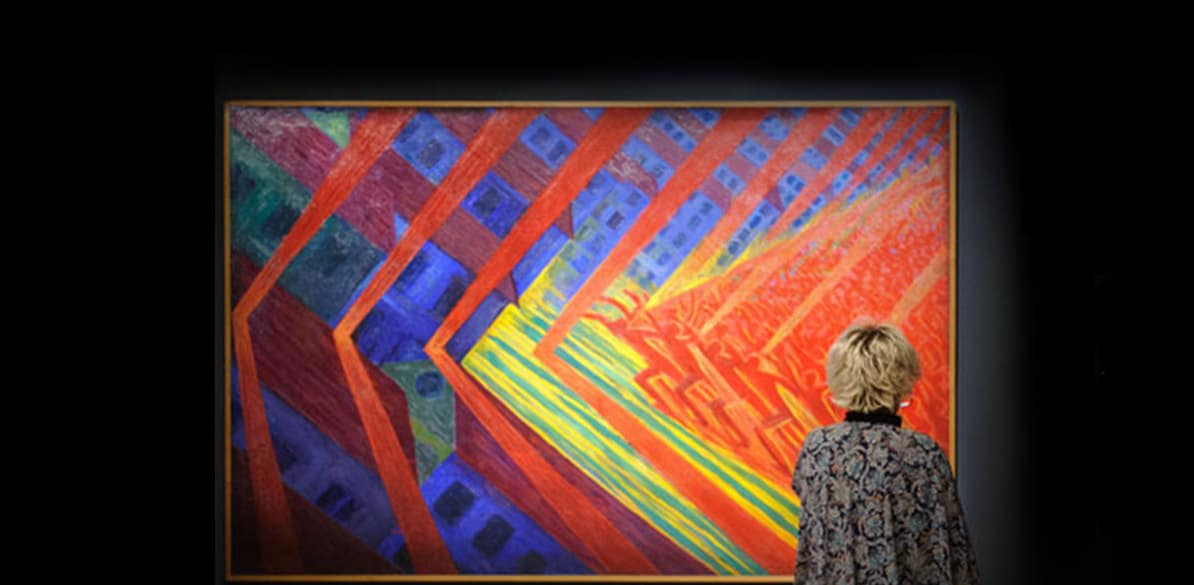
Our exhibition rooms in Madrid and Barcelona are not the only places you can enjoy our photography, drawing, painting and sculpture exhibitions. Once they have been presented in Spain, our idea is that they should be shared far and wide. We want to reach the rest of the world!
Thus the retrospective on Walker Evans headed to Sao Paulo, Stephen Shore to Berlin, Vanessa Winship to Las Palmas de Gran Canaria, the selection of drawings in our collection Hand with Pencil to El Salvador and From Divisionism to Futurism to the Museum of Modern and Contemporary Art of Trento e Rovereto, in Italy.
Part of our program travels to museums and cultural institutions in Europe, North America and Latin America. We want to take art to every corner of the globe. And we hope it reaches you too.
66 exhibitions
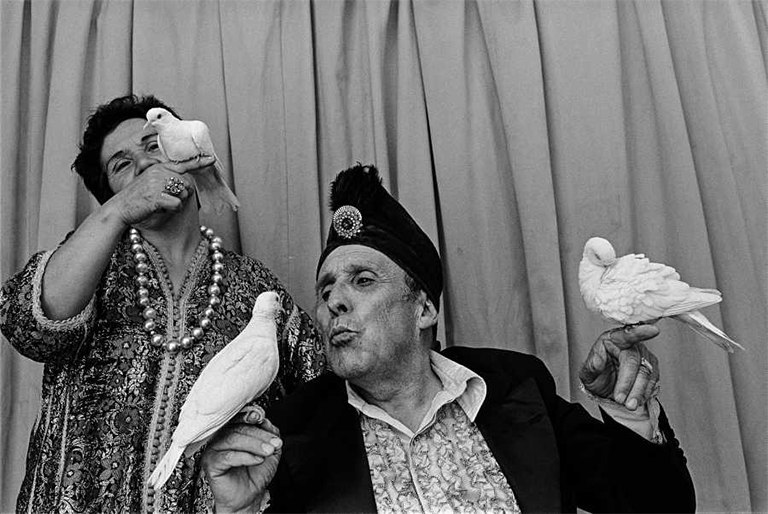
Paz Errázuriz
Mago Karman, Santiago, from the series The Circus, 1988
Fundación MAPFRE Collections
© Paz Errázuriz, courtesy of the artist
PAZ ERRÁZURIZ
–
Human, raw, committed.
After a visit to the Festival of Arles, the retrospective we are dedicating to the work of Paz Errázuriz comes to the Amparo Museum in Mexico.
Self-taught, her photography grew out of her need to explore these human realities in a non-conventional way. Errázuriz decided to live among them, get to know them and listen to them before photographing them. In some way they also passed through her life and left their mark. The arrival of democracy did not bring an end to her condemnations: an avid feminist, she then decided to focus on female Chilean workers.
Political by nature, always ready to work with uncomfortable and difficult subjects, the work of Paz Errazuriz focuses its attention on those fringes of reality from which we always avert our gaze. As an inheritor of the consequences of the Pinochet dictatorship, the photographer breaks the accepted silence with her work and puts the spotlight on social misfits, those who have been forced into silence, those beyond hope. By concentrating her attention on them, she reminds us of the need to protect and preserve the best in human nature and defend those who are fragile, weak and defenseless. Tramps, the elderly, the mentally ill and persecuted transvestites are among the protagonists in this story of Chile that constructs an alternative narrative to the official one, thereby avoiding convenient forgetfulness.
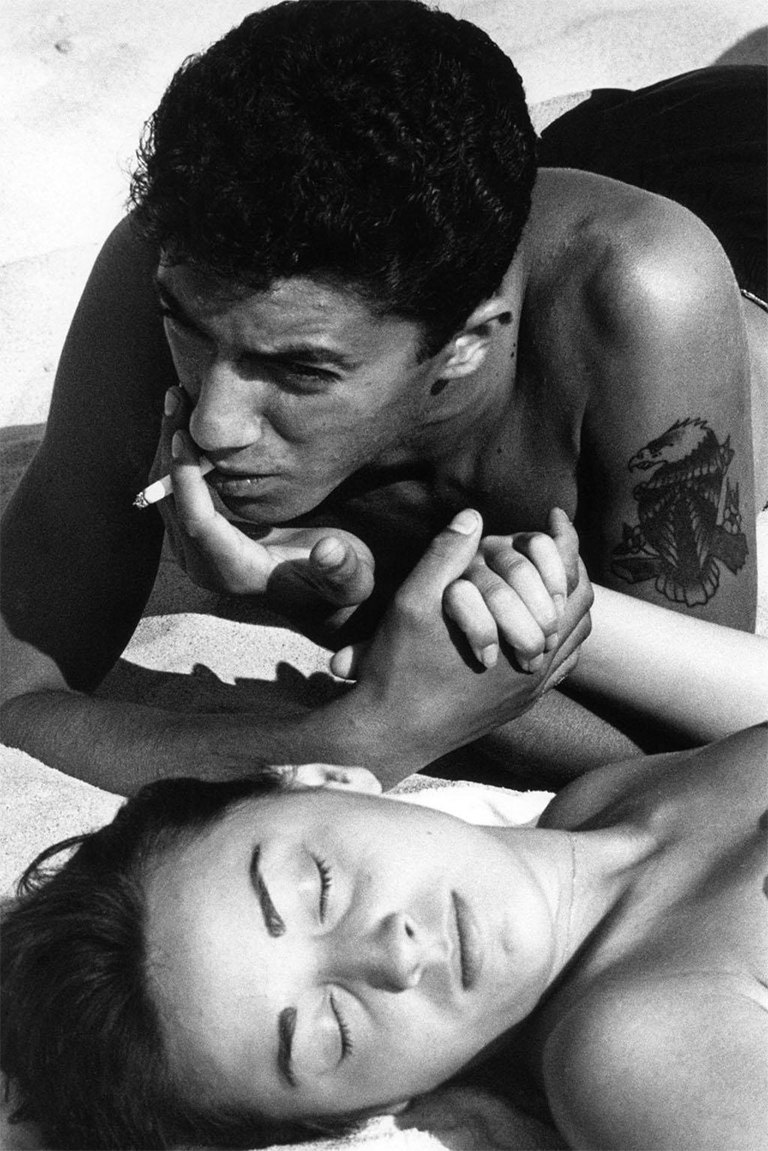
Bruce Davidson
Coney Island, Brooklyn, New York, 1959
© Bruce Davidson / Magnum Photos
BRUCE DAVIDSON
– JAN.07
Nederlands Fotomuseum, Rotterdam
Humanist, intimate, passionate. We are taking our retrospective of Bruce Davidson to the Netherlands.
Bruce Davidson works in series. His work is the product of commitment, time and coexistence with the subjects and realities he photographs. The exhibition brings together, in chronological order, the most important series from among his prodigious output. Each project transcends documentary photography, each photo has its own value in the vital sequence revealed to us by the photographer.
His work is characterized by a personal vision of reality in which his art manifests itself not so much in individual images, but rather in the effect of reiteration, research and the study of topics and people over the course of time. His work provides a unique perspective of how 20th century society evolved, especially in the United States.
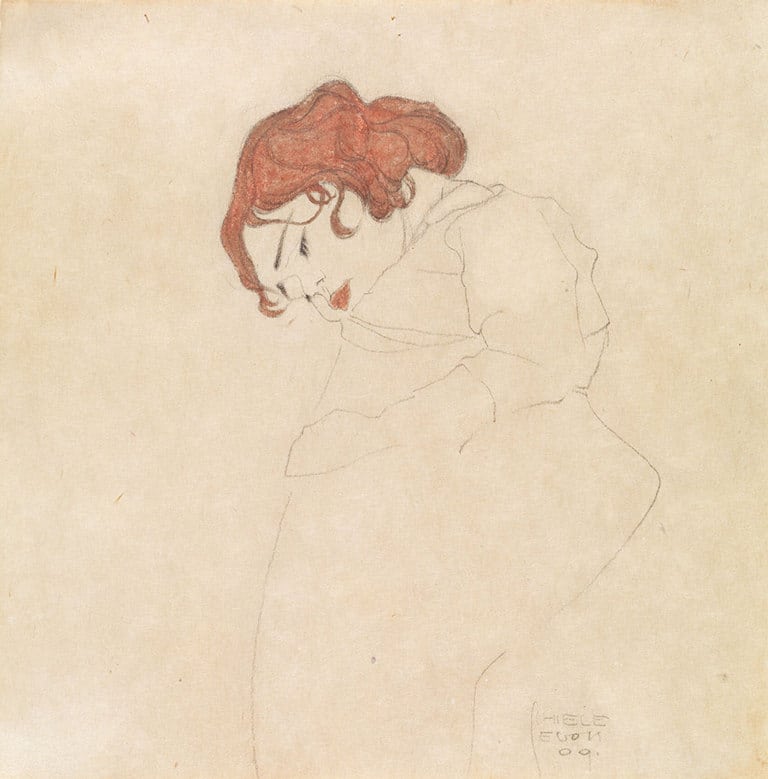
Egon Schiele
Schlafendes Mädchen [Young girl sleeping], 1909
Fundación MAPFRE Collections
TREASURES OF THE FUNDACIÓN MAPFRE. WORK ON PAPER
–
Museu Lasar Segall IBRAM MINC. Brazil
Since its inception, Fundación MAPFRE has focused its efforts on recovering work on paper by those artists and movements relevant for appreciating how the use of drawing and painting evolved over the last century. The selection we are presenting in Brazil covers the period from the end of the 19th century up to the mid-20th century, just at the moment when drawing was still seen in two different lights. If, on the one hand, it was a creative means of preparing the final execution of another work, it was, at the same time, already demonstrating its independence as fully fledged art in its own right. Drawing stopped being a means to an end and became a unique and independent art form throughout the 18th century; since then it has always remained so.
The walk round the exhibition begins with artists such as Edgar Degas, Auguste Rodin, Egon Schiele and Pablo Picasso, who laid the foundations of art for the coming new 20th century in that, since 1900, a number of transformations took place and a process of renewal that would lead directly to what we now know as modernity.
All of the works exhibited form part of the Collection of 20th Century Drawings, belonging to Fundación MAPFRE and exhibited in recent years in, among others, the Bass Museum of Art in Miami (2008), the Museum of Art of El Salvador (2015), the Museum of Fine Arts of Seville (2015) and the Troyes Museum of Modern Art (France, 2017).

Paz Errázuriz
Mago Karman, Santiago, from the series The Circus, 1988
Fundación MAPFRE Collections
© Paz Errázuriz, courtesy of the artist
PAZ ERRÁZURIZ. A POETIC VIEW OF HUMANITY
–
Arles. Rencontres de la photographie
Delicate, raw, political.
The photography of Paz Errázuriz (Santiago, 1944) is political in nature, in that it evokes the social and political context of Chile, a country scarred by the Pinochet coup and the establishment of one of the most brutal dictatorships ever known. Shot in black and white, the faces of anonymous Chilean misfits became a voice of condemnation in the midst of the silence that had fallen over the country. The mentally ill, tramps, circus performers and persecuted transvestites are the protagonists of this very personal interpretation of the country from the viewpoint of Paz Errázuriz.
Self-taught, her photography grew out of her need to explore these human realities in a non-conventional way. Errázuriz decided to live among them, get to know them and listen to them before photographing them. In some way they also passed through her life and left their mark. The arrival of democracy did not bring an end to her condemnations: an avid feminist, she then decided to focus on female Chilean workers. It was at this time she met Jérawr-Asáwer, a descendant of pure Fuegian Kawésqar ethnicity with whom she developed an intense relationship out of which came the series Nomads of the Sea, in which she expressed fragments of the life of an indigenous population and culture in danger of extinction.
Paz Errázuriz continues to work in the realm of the difficult and uncomfortable. She questions the conventional and the intense focus on what is acceptable, forcing us to turn away and confront places that lie beyond the well-trodden path of reality as expressed by the majority. The retrospective exhibition presented in Arles brings together 150 examples of the artist’s work from the 1950s up to the present day.
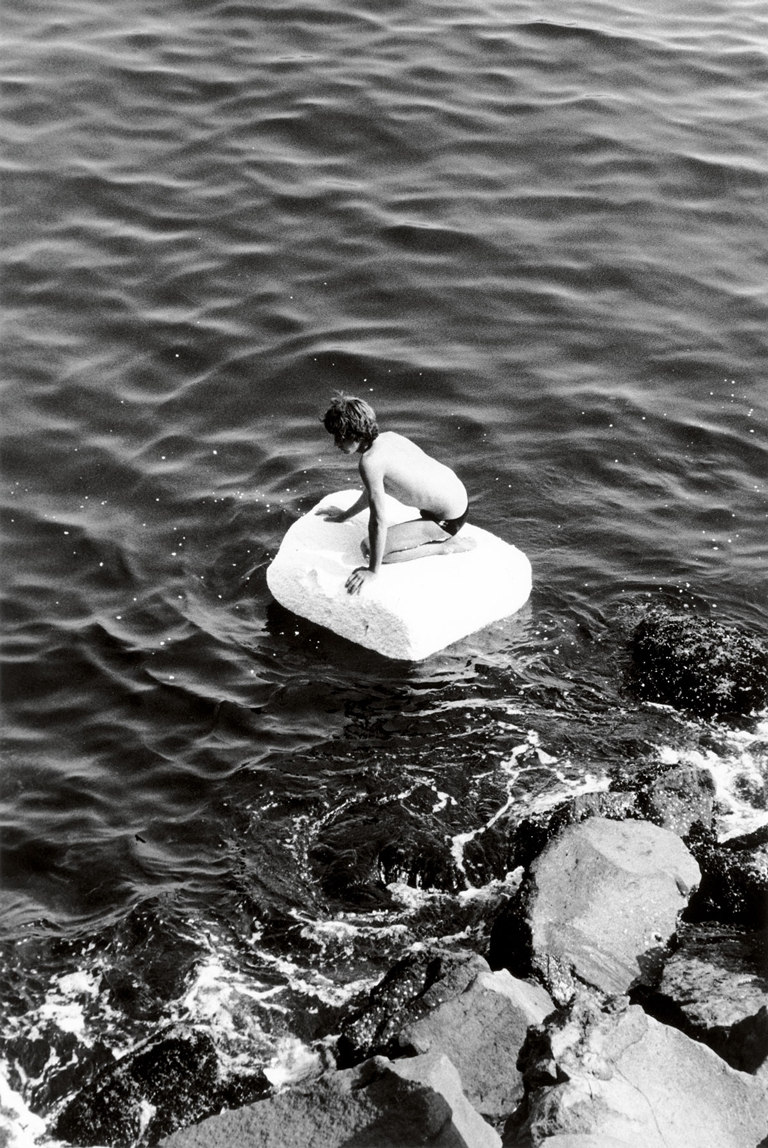
Peter Hujar. Boy on Raft, 1978
The Morgan Library & Museum, The Peter Hujar Collection.
Acquired thanks to The Charina Endowment Fund, 2013. 108:1.97.
© The Peter Hujar Archive, LLC. Courtesy of Pace/MacGill Gallery, Nueva York, y Fraenkel Gallery, San Francisco.
PETER HUJAR. SPEED OF LIFE
–
Fotomuseum den Haag (The Hague)
Direct, intimate, personal.
The career of Peter Hujar is marked more by his personal evolution and his experiences than the events that usually shape an artist’s career. This exhibition represents the most detailed account to date of the work of this American photographer. Through over 150 photographs we can follow his work from the 1950s up to the end of the 1980s. Hujar (Trenton, 1934 – New York, 1987) started his career in the world of commercial photography in the 1950s. Nevertheless, he soon decided to abandon this path, distancing himself from the commercial circuit to concentrate on artistic photography.
As a photographer, he was a portraitist in everything he did. What drove and motivated Hujar was the spark of the encounter and the exchange between the Artist and Subject, establishing a direct relationship that allowed him to penetrate the true nature of what he portrayed.
Closely linked to the counter-cultural movements of the time, he captured fragments of the reality of New York in the 1970s and depicted the underground sociocultural scene, with shots of renowned artists such as Andy Warhol, Susan Sontag and William S. Burroughs, as well as other anonymous downtown characters.

Bruce Davidson
Coney Island, Brooklyn, New York, 1959
© Bruce Davidson / Magnum Photos
BRUCE DAVIDSON
–
Bruce Davidson, one of the most prominent exponents of so-called humanist photography and a member of the Magnum Agency began his passionate relationship with photography very early on, at the age of 10, when his mother created a dark room for him at home and he started to take pictures of the streets of his neighborhood.
Humanist, approachable, committed. Photography was to become his way of understanding life and how to live it. His work is characterized by a personal vision of reality in which his art manifests itself not so much in individual images, but rather in the effect of reiteration, research and study of topics and people over the course of time. This personal style, coupled with his interest in the struggles and successes of the people he photographs enables his work to provide a unique perspective of how 20th century society evolved, especially in the United States.
Bruce Davidson works in series. His body of work is the fruit of commitment, time and coexistence with his subjects and the realities he photographs. The exhibition brings together, in chronological order, the most important series selected from his abundant output. Each project transcends documentary photography and each photograph has its own value as part of that crucial sequence the photographer reveals to us.
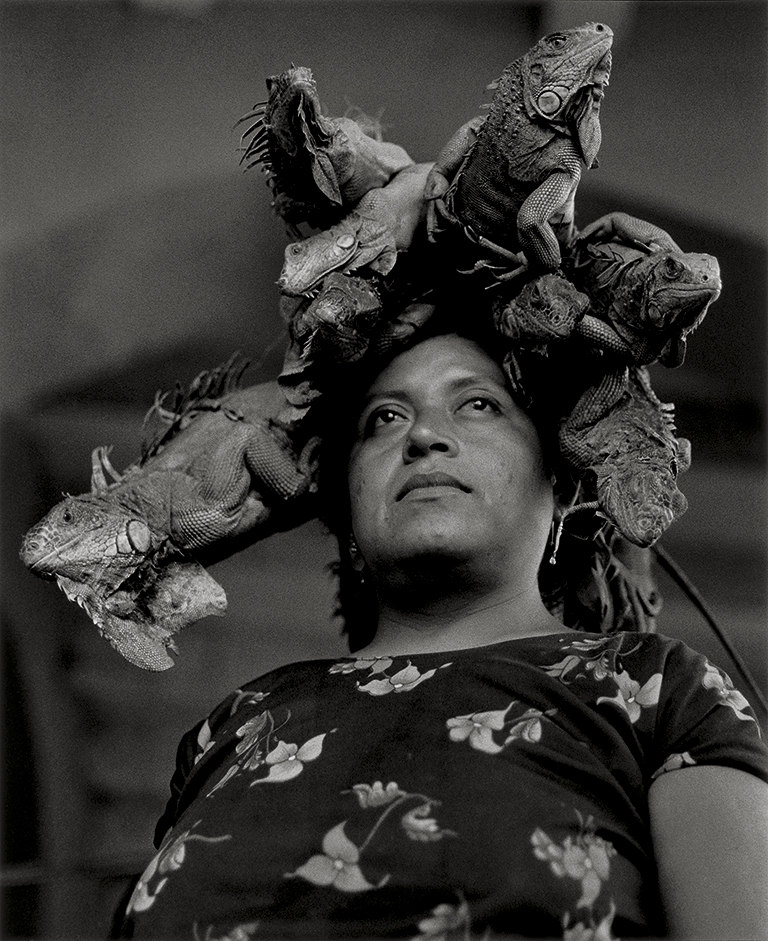
Graciela Iturbide
Our Lady of the Iguanas, Juchitán, 1979
Fundación MAPFRE Collections Nº Inv. FM000632. © Graciela Iturbide, 2017
GRACIELA ITURBIDE
–
Centro de Cultura Antiguo Instituto Jovellanos. Gijón
For Graciela Iturbide, the camera is just a pretext for knowing the world
Over the course of four decades, the photographer has built up a uniquely singular body of work, essential for understanding the evolution of photography in Mexico and the rest of Latin America. Celebrated for her vision of the native cultures of her own country, which marked her initiation into the world of photography, her work represents a continuous process of exploring life.
Fundación MAPFRE, aware of the importance of her work acquired, between 2008 and 2011, the most complete collection of it in existence: a total of one hundred and eighty-six photographs, comprising an in-depth cross-section of her work, from her early projects right up to some of the more recent ones.
The idea of the exhibition is to offer a journey through all of the artist’s output; without respecting a strict chronological order, her most representative projects interlink and are embedded in the subject matter that best defines her creative imagination.
With Iturbide every image brings us back to the essential: life, death and pleasure. The things that make humankind and the world what they are.
Her work continues to have a major influence on subsequent generations.
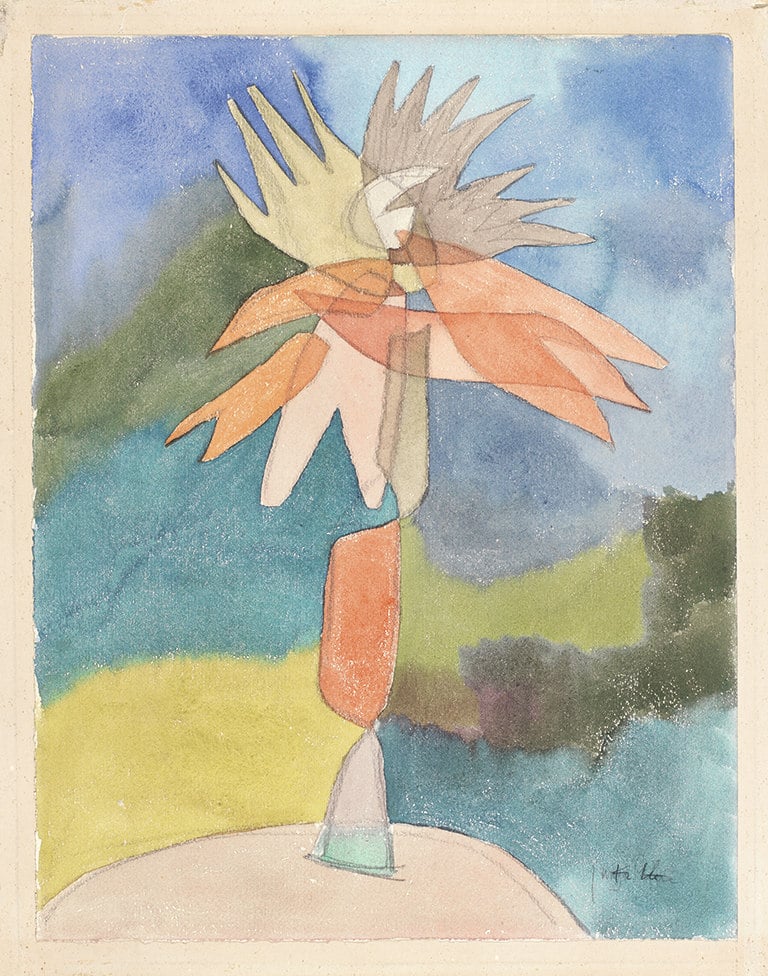
Paul Klee
Jungle Palme [Young Palm], 1929
Watercolor and drawing lead mine on paper
Fundación MAPFRE Collection. Nº Inv. FM000295
DESSINS DE LA FONDATION MAPFRE
–
Drawing is one of our most personal and intimate of expressions; an idea, a discovery, a form of expression and introspection of the person who draws. Between the drawer and the paper on which he or she works there is a direct relationship.
Since its beginnings, Fundación MAPFRE has steered its collections towards works on paper in order to appreciate the evolution of the use of drawing in the last century.
Ever since we started collecting in 1997, we have been interested in showing these collections – firstly the Spanish Masters of the 20th Century, and now with a much more international character – in various museums around the world: the Picasso Foundation (Malaga, 2001), Museum of Fine Arts of Cuba (Havana, 2004), the Cervantes Institute of New York (2004-2005), the National Museum of Art of Mexico (2007), the Bass Museum of Art in Miami (2008), the Museum of Art of El Salvador (2015) and the Museum of Fine Arts of Seville (2015-2016).
And now the Museum of Modern Art in Troyes is putting on the exhibition entitled “Dessins de la Fondation MAPFRE”, presenting a selection of 13 works from the collection of 20th century drawings that belong to the Foundation.
Dated between the late 19th century and mid-20th century, these works give us an insight into that conterminous time when drawing still had a dual nature: on the one hand as a creative means of preparing the final execution of another work, while at the same time demonstrating its independence as an artwork that stands on its own merits.
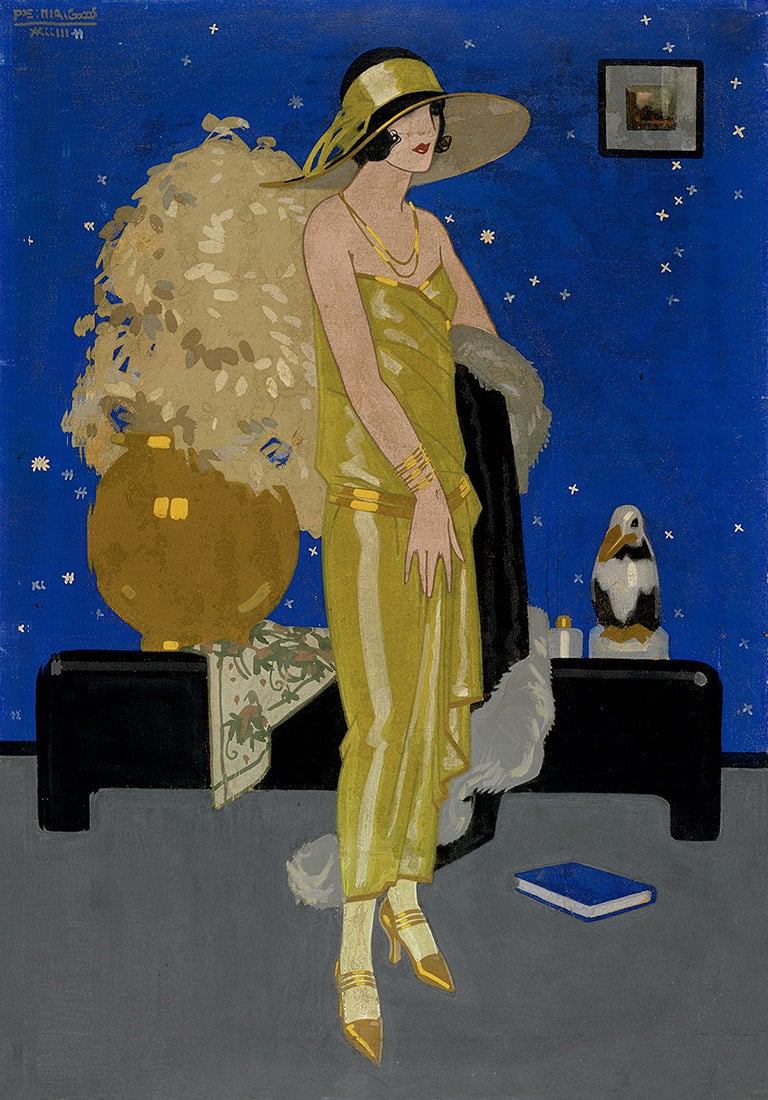
Rafael de Penagos
Untitled, 1923
Gouache on canvas
Fundación MAPFRE collections
RAFAEL DE PENAGOS. THE CHARLESTON YEARS. FUNDACIÓN MAPFRE COLLECTIONS
–
Espacio Cultural MIRA, Pozuelo de Alarcón
Fundación MAPFRE owns the world’s most important collection of Rafael de Penagos’ works, comprising maps of around a hundred works, original drawings and first editions of his published illustrations. His entire oeuvre demonstrates the artist’s huge admiration for modernity.
The transformation that took place in society’s expectations and mentality after the Great War would change a world that could no longer be based on previous values and systems.
At the end of the 19th century, the press established itself as the main means of communication of the masses. Magazines, posters and literary fiction became the main vehicle for disseminating the image of a burgeoning middle class that had become the ‘heroine’ of modern life.
Rafael de Penagos, in this context, was the great creator of Art Deco illustration in Spain. As well as his important aesthetic innovations in the field of graphic illustration, he created a new kind of woman —the so-called “Penagos woman”— characterized by her extreme modernity and sophistication in her dress, her manners and the way she behaved. Through the pages of magazines such as La Esfera, Blanco y Negro, Nuevo Mundo and ABC, and on the posters created for the Circle of Fine Arts and the companies Floralia and Gal, he portrays those “happy years of the 1920s” while configuring a new feminine ideal: “the modern Eve”. The selection made for this exhibition portrays this dialogue between art and life, between the image on the page and its reflection in everyday life.
